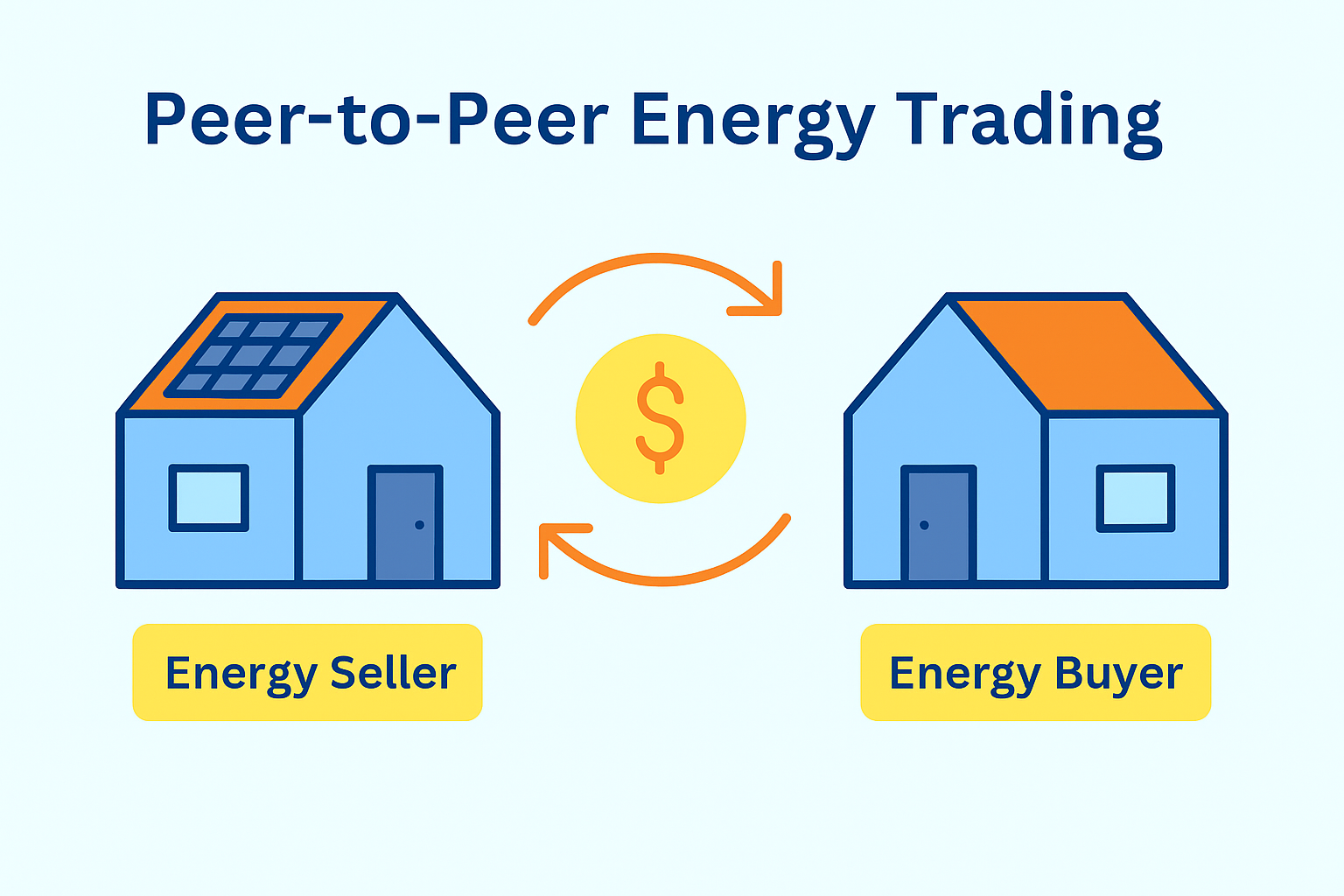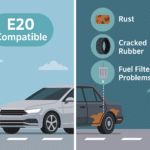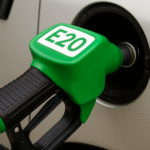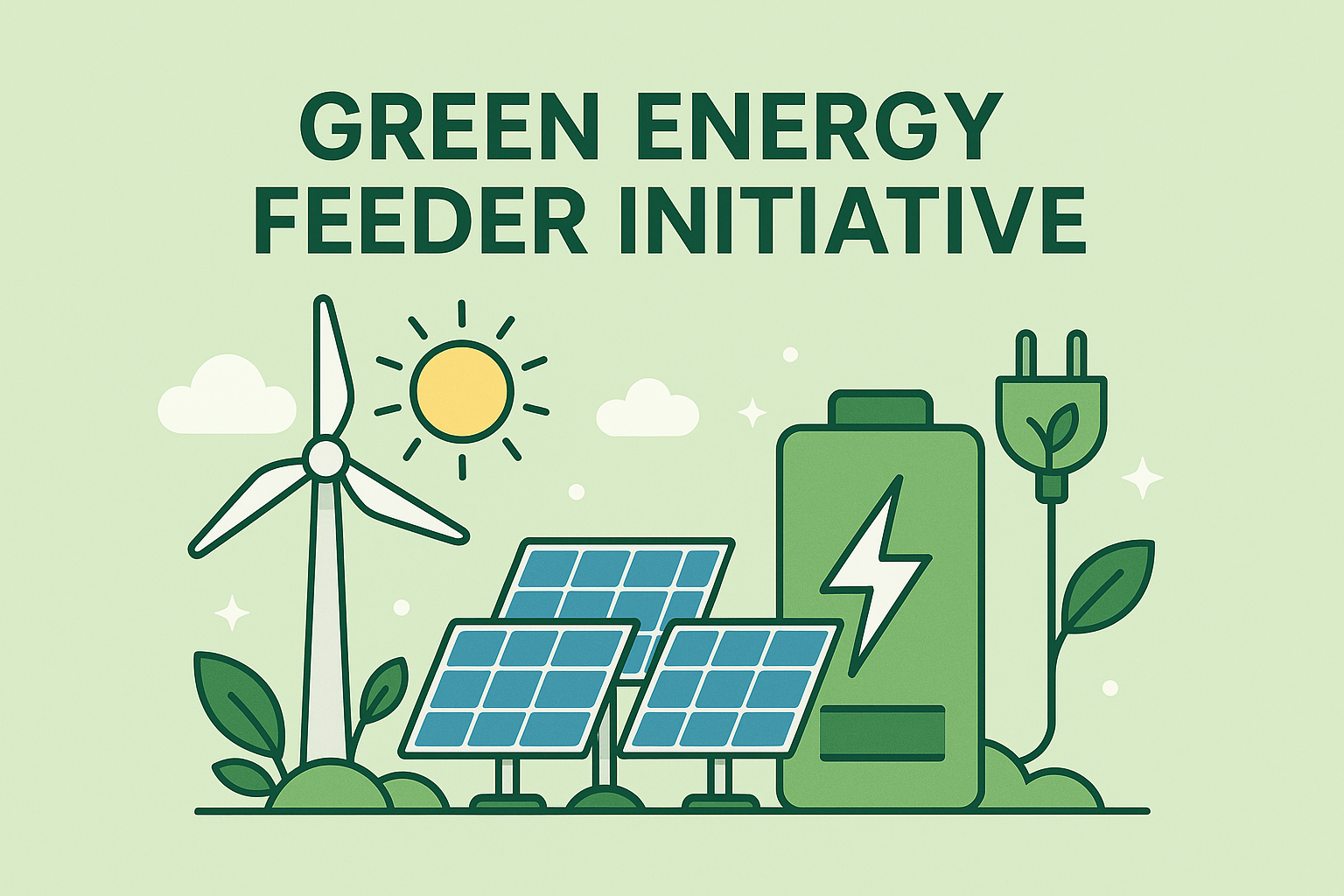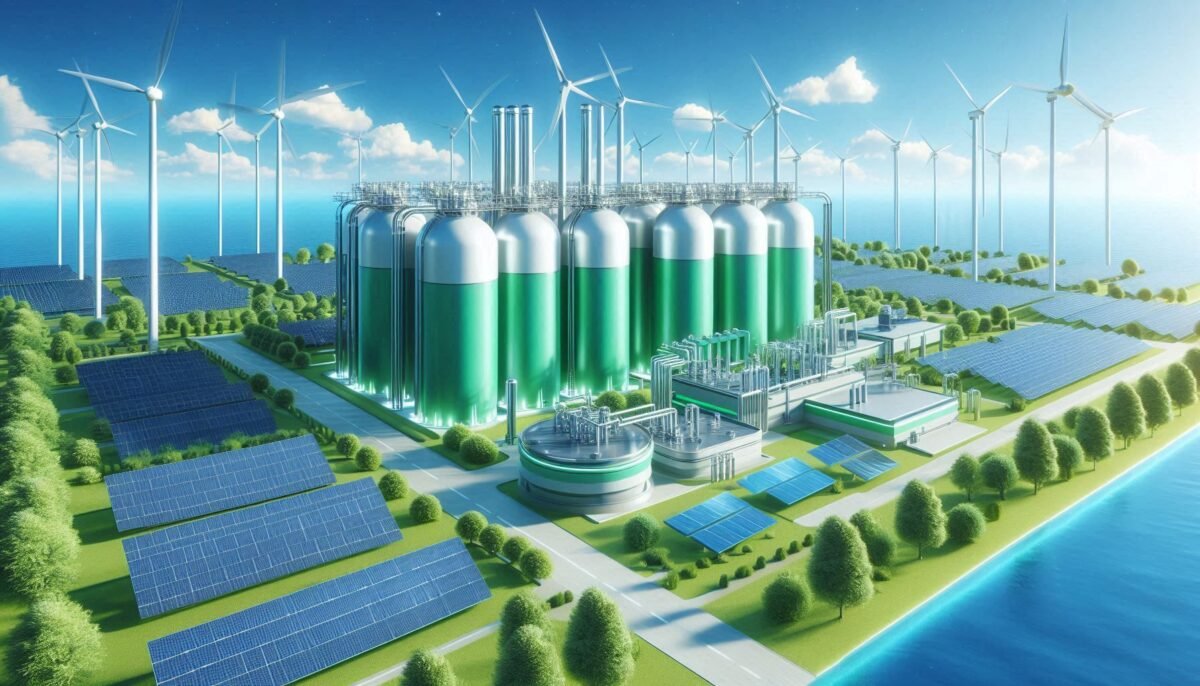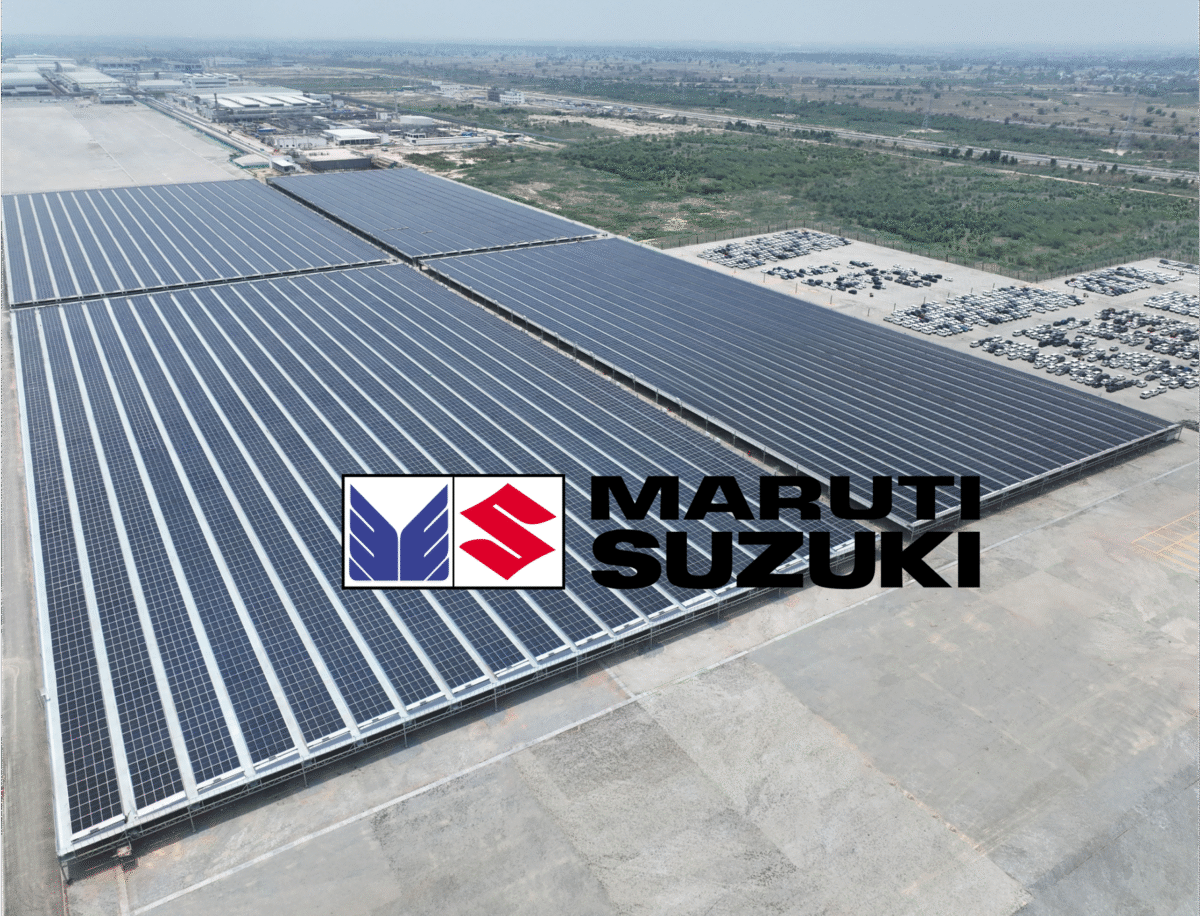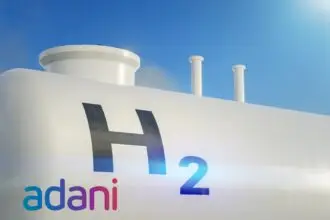On June 2, 2025, Indian Oil Corporation Ltd. (IOC) confirmed finalization of the Levelized Cost of Hydrogen (LCoH) and firm-backed off-take terms for a 10,000 tonnes-per-annum (TPA) green hydrogen plant at its Panipat Refinery & Petrochemical Complex (PRPC) in Haryana. This 10 kTpa facility, slated for commercial operation by Q4 2026, represents India’s largest green hydrogen undertaking to date. This move complements the green hydrogen hub framework outlined in MNRE’s announcement of port hubs and state policies.
| Component | Details |
|---|---|
| Electrolyzer Technology | – 30 MW alkaline electrolyzers (50% expected load factor) – Co-production of 14 TPD high-purity oxygen for refinery use |
| Renewable Power Supply | – 50 MW ground-mounted solar from IOC’s Panipat solar park – 30 MW solar from KAPGAN (IOC-Kissan Energy JV) |
| Hydrogen Purity & Compression | – Hydrogen purity: <10 ppm moisture, <1 ppm O₂, <0.5 ppm CO₂ (meets IEC 62282 refinery-grade standards) – Compressed to 45 bar for PRPC pipeline integration |
The hydrogen furnace oil (HFO) substitution will displace 20 kilotonnes-per-annum of grey hydrogen, reducing refinery emissions by 150,000 tCO₂/year.
Economic Viability & LCoH
IOC has locked in an LCoH of ₹65/kg, incorporating:
- Capex: ₹420 crore (electrolyzers, balance-of-plant, compression)
- Opex:
– Solar tariffs at ₹2.60/kWh (fixed for 25 years).
– O&M & water costs (₹0.25/kg). - Capacity Utilization: 50% (4,200 operating hours annually).
This LCoH is competitive with imported grey hydrogen (₹60–65/kg delivered) when factoring in rising natural gas prices and carbon levies. The project leverages IOC’s integrated infrastructure (land, grid tie-in, water supply from Yamuna Canal) to minimize incremental costs.
Strategic Implications for IOC
From a first-mover’s perspective, IOC’s Panipat project cements its status as a pioneer in hydrogen-led decarbonization within the refining sector. By integrating green hydrogen into its hydrocracker and hydrotreater units, IOC will slash carbon emissions by 0.4 kg CO₂/kg H₂—about a 50 percent reduction compared to conventional steam methane reforming (SMR). Additionally, IOC plans future phases to co-produce 20 kTpa of green ammonia (leveraging excess electrolyzer capacity and oxygen co-product), aligning directly with India’s national goal of fertilizer self-sufficiency. Once the Panipat plant is operational, any surplus hydrogen can be exported to domestic steel and glass industries via long-term offtake agreements—opening new revenue streams and establishing IOC as a leader in the emerging green-H₂ export market.
Policy & Financing Support
Under the National Green Hydrogen Mission (NGHM), the project benefits from a ₹19,744 crore outlay that includes a 20 percent capital subsidy on electrolyzer capex. The MNRE’s Production-Linked Incentive (PLI) scheme for domestic electrolyzer manufacturing is projected to drive capex down by 8–10 percent by 2027. At the state level, Haryana’s incentives include a 50 percent subsidy on land lease rentals for 30 years and industrial solar-rate electricity (₹3.50/kWh) for captive renewables. Green financing support comes from partial loan guarantees provided by IREDA and the Green Climate Fund, enabling IOC to secure 30-year loans at 7.5 percent interest, disbursed in phases tied to engineering, installation, and commissioning milestones.
Future Outlook
IOC plans to ramp up green hydrogen capacity to 50 kTpa by 2030, with upcoming projects in Mathura and Haldia. Meanwhile, refinery peers such as HPCL and BPCL are advancing their own 5 kTpa pilot plants, indicating a broader sector shift toward hydrogen-based decarbonization. On the certification front, MNRE’s upcoming Green Hydrogen Certification Scheme will provide verified GHG-emission labels, crucial for competing in export markets (e.g., Europe and the Middle East, where green hydrogen prices are projected to reach €3.5/kg by 2030).



